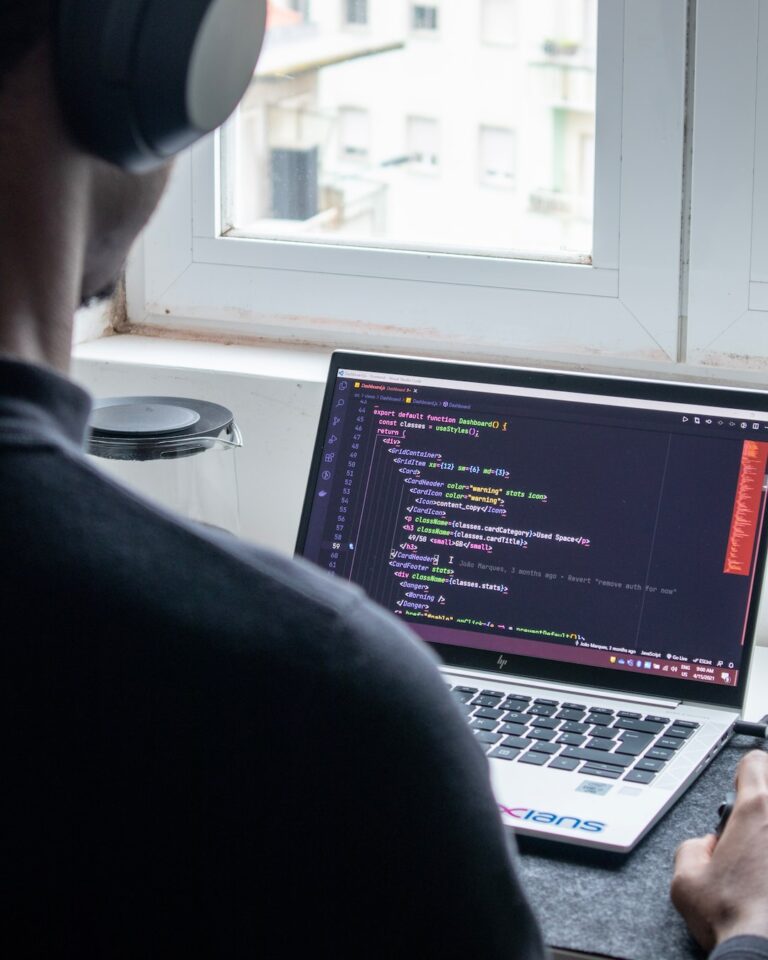In the realm of web development, aligning images and text side-by-side in HTML is a frequent requirement. This not only enhances the visual appeal of a webpage but also improves user experience. Let's delve into the various methods to achieve this alignment seamlessly.
Choosing the Right Image and Text
Before diving into the coding part, it's essential to select an appropriate image that complements your content. Once you've chosen an image, ensure you have its URL handy. Alongside, draft the text you want to display next to the image. This text can be crafted in any text editor and then integrated into your HTML document.
Utilizing the Grid Method for Alignment
The grid method is a robust technique to align text and images:
- Begin by opening your preferred HTML editor.
- Create a
<div>element and assign it the required attributes. This element groups related content, making it easier to manage and style. - Integrate the image within the
<div>element using the<img>tag. Ensure you specify the correct source attribute pointing to your image's URL. - Use the
<br/>tags between the<div>element and the image. Wrap the<div>element around the image using the<p>tag.
Here's a sample code to visualize this:
<!DOCTYPE html>
<html>
<head>
<title>Stunning Scenery</title>
</head>
<body>
<div class="container">
<div class="image">
<img src="https://sampleimageurl.com/image.jpg">
</div>
<div class="text">
<h1>Experience the beauty of nature.</h1>
</div>
</div>
</body>
</html>Enhancing Appearance with CSS
To further refine the appearance, CSS can be employed:
.container {
display: grid;
align-items: center;
grid-template-columns: 1fr 1fr 1fr;
column-gap: 5px;
}
img {
max-width: 100%;
max-height:100%;
}
.text {
font-size: 24px;
}The Flexbox Technique
Flexbox is another powerful tool for aligning content:
- In your HTML, create a container for your text and image.
- Use CSS to set the container's display property to "flex".
- Define properties for the container's children, i.e., the image and the text.
Sample code for better understanding:
<!DOCTYPE html>
<html>
<head>
<title>Enchanting Eiffel</title>
</head>
<style>
.container {
display: flex;
align-items: center;
justify-content: center;
}
img {
max-width: 100%;
max-height:100%;
}
.text {
font-size: 20px;
padding-left: 20px;
}
</style>
<body>
<div class="container">
<div class="image">
<img src="https://sampleimageurl.com/eiffel.jpg">
</div>
<div class="text">
<h1>The Eiffel Tower stands tall, symbolizing love and romance.</h1>
</div>
</div>
</body>
</html>Floating Text Beside Images
Floating text can make your content pop:
- Add your image using the
<img>element. - Style the image using the
floatproperty in CSS to position it as desired. - Wrap your content with the
<div>tag and place the image inside.
Here's a code snippet for clarity:
<!DOCTYPE html>
<html>
<head>
<title>Charming Cherry Blossoms</title>
</head>
<style>
.container {
align-items: center;
justify-content: center;
}
img {
max-width: 25%;
max-height:15%;
float: left;
}
.text {
font-size: 20px;
padding-left: 20px;
padding-top: 20%;
float: left;
}
</style>
<body>
<div class="container">
<div class="image">
<img src="https://sampleimageurl.com/blossom.jpg">
</div>
<div class="text">
<h1>Cherry blossoms bloom, heralding the arrival of spring.</h1>
</div>
</div>
</body>
</html>Conclusion
Aligning images and text in HTML can significantly elevate the aesthetics of a webpage. By leveraging the methods discussed, you can achieve a harmonious balance between visuals and content, ensuring a delightful user experience.
Frequently Asked Questions (FAQs)
1. Why is aligning images and text important in web design?
Aligning images and text enhances the visual appeal of a webpage, making it more user-friendly. Proper alignment ensures that content is organized, easy to read, and aesthetically pleasing, leading to better user engagement.
2. Can I use both the grid and flexbox methods on the same page?
Absolutely! Both grid and flexbox can coexist on the same page. Depending on the layout requirements, you can choose to use one over the other or even combine them for more complex designs.
3. How do I ensure my images are responsive when aligning with text?
To make images responsive, you can use the max-width property set to 100% in CSS. This ensures that the image scales down if it has to, but never scales up to be larger than its original size.
4. What if the text or image overflows the container?
If there's a risk of overflow, you can use the CSS overflow property. Setting it to auto will introduce scrollbars only when necessary. Alternatively, you can adjust the container size or modify the content to fit.
5. How can I vertically center the text next to an image?
Using flexbox, you can easily vertically center items. By setting align-items: center; on your flex container, all child elements, including text, will be vertically centered.
6. Are there any tools to help with alignment?
Yes, there are numerous tools and frameworks, like Bootstrap and Foundation, that offer grid systems and utilities to assist with alignment and responsive design.
7. How does floating text impact SEO?
Floating text itself doesn't directly impact SEO. However, the readability and user experience of your webpage can influence SEO. If floating text improves the user experience, it can indirectly benefit SEO.
8. Can I align multiple images with text?
Certainly! You can align multiple images with text using the methods discussed. Depending on your design, you might use a combination of grid, flexbox, and float properties to achieve the desired layout.
9. How do I handle alignment on mobile devices?
For mobile devices, it's often best to stack elements (like images and text) vertically for better readability. Using media queries in CSS, you can adjust the layout based on the device's screen size.
10. What if I want text over the image instead of beside it?
To place text over an image, you can use absolute positioning within a relative positioned container. This allows you to overlay text on top of the image, creating a layered effect.


